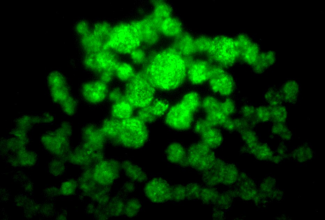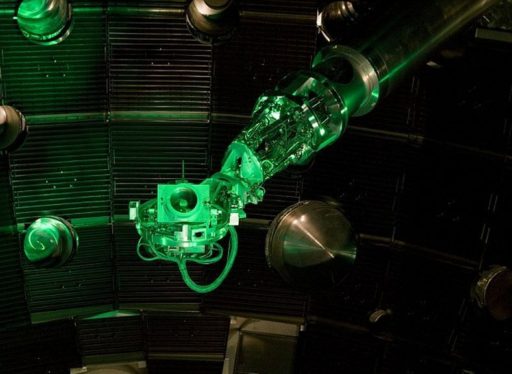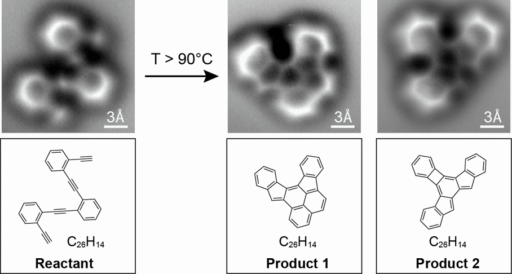Although scientists have been building artificial human organs for sometime now, researchers at Rice University and the MD Anderson Cancer Center in Houston have developed a simple way to make cells form 3-D structures using magnets and metal nano-particles. Building organs by tissue engineers has so far been limited to a 2D surface.
Being able to grow more realistic liver, heart, and other tissues in the lab could provide a new lease on life for patients waiting on the transplant list–and lead to more realistic systems for testing drugs. But tissue engineers have found that mimicking these complex, three-dimensional structures in the lab is difficult. Part of what’s holding them up are flat, two-dimensional tissue culture systems that grow cells in an environment very different from that inside the body.
Now researchers at Rice University and the MD Anderson Cancer Center in Houston have developed a simple way to make cells form 3-D structures. They developed a gel made up of a polymer, iron oxide nanoparticles, and engineered viruses called phage. When cells are added to this mixture, the phage cause them to absorb the magnetic particles. The Houston group showed that they could use a weak magnet to hold magnetized brain cancer cells in a 3-D suspension. Gene-expression studies showed that these suspended cells behave more naturally than a control group grown on a conventional flat surface: the cancer cells were producing a mix of proteins very similar to what they produce in the body. These results are described in Nature Nanotechnology this week.
The magnetizing gel has been licensed to a startup company, Nano3D Bioscience, which will run tests to compare the technology other methods for making 3-D tissues.



